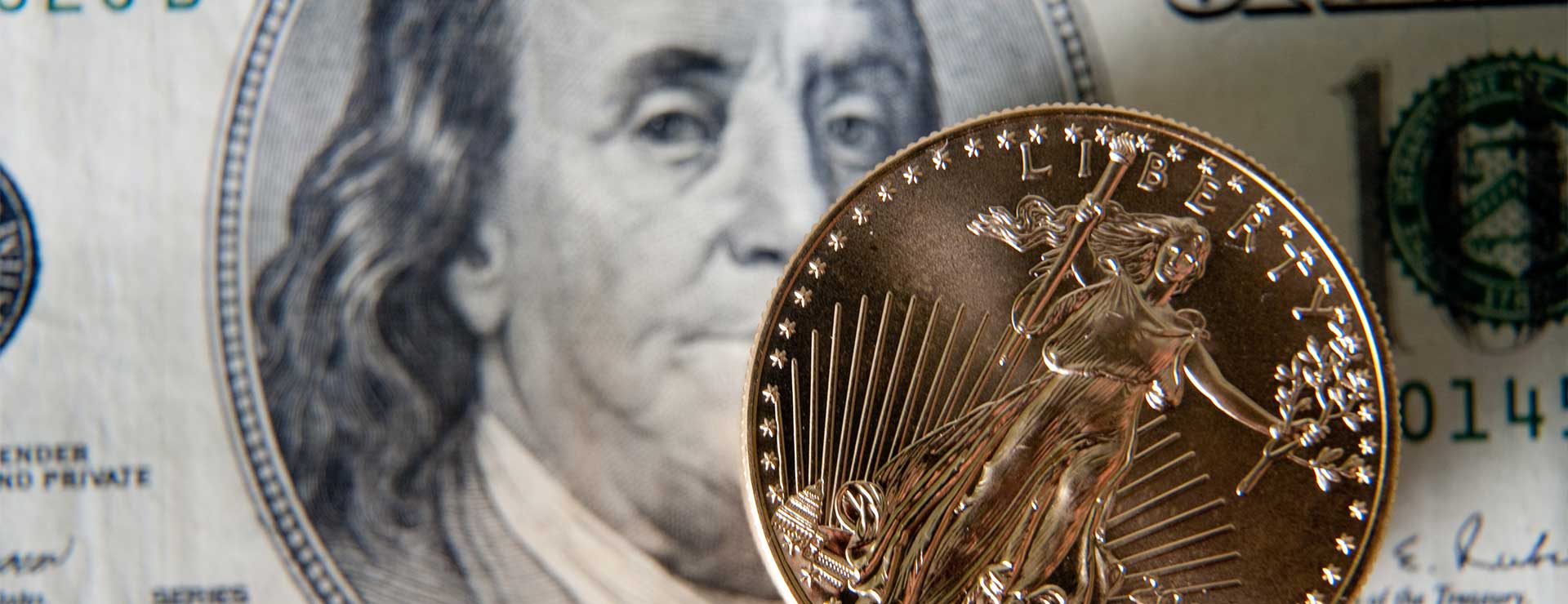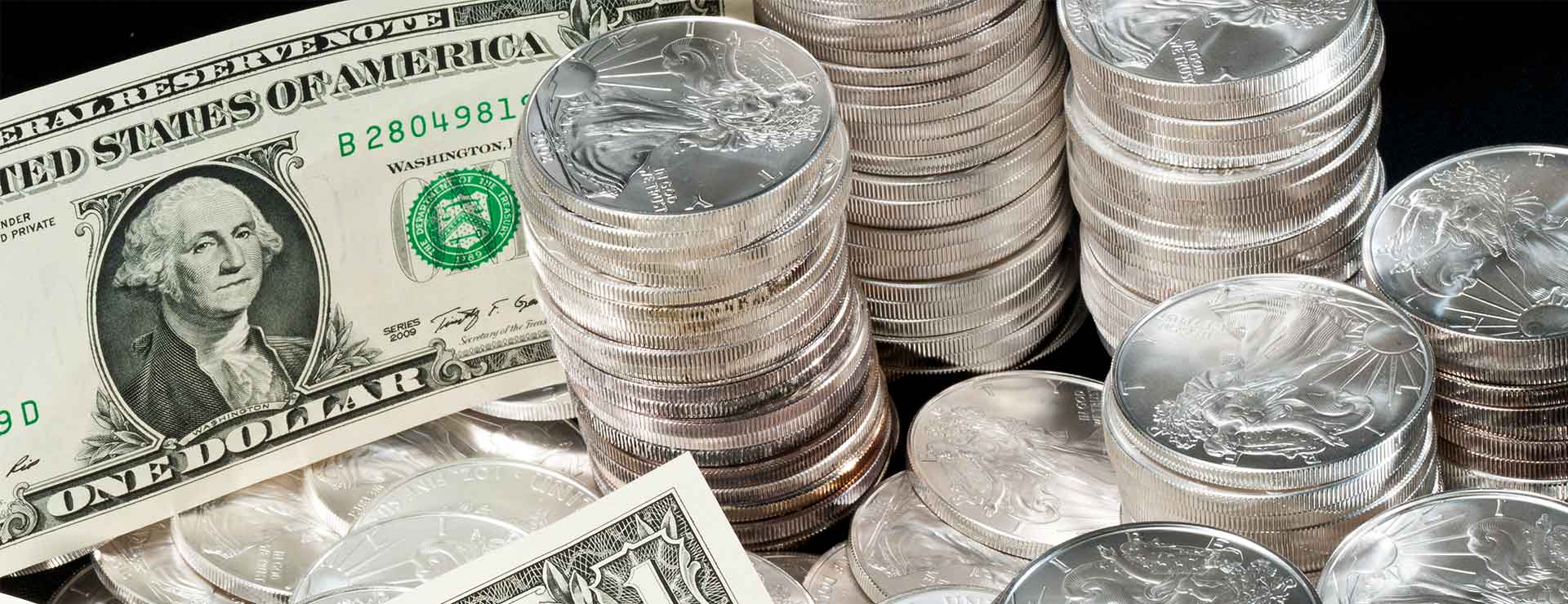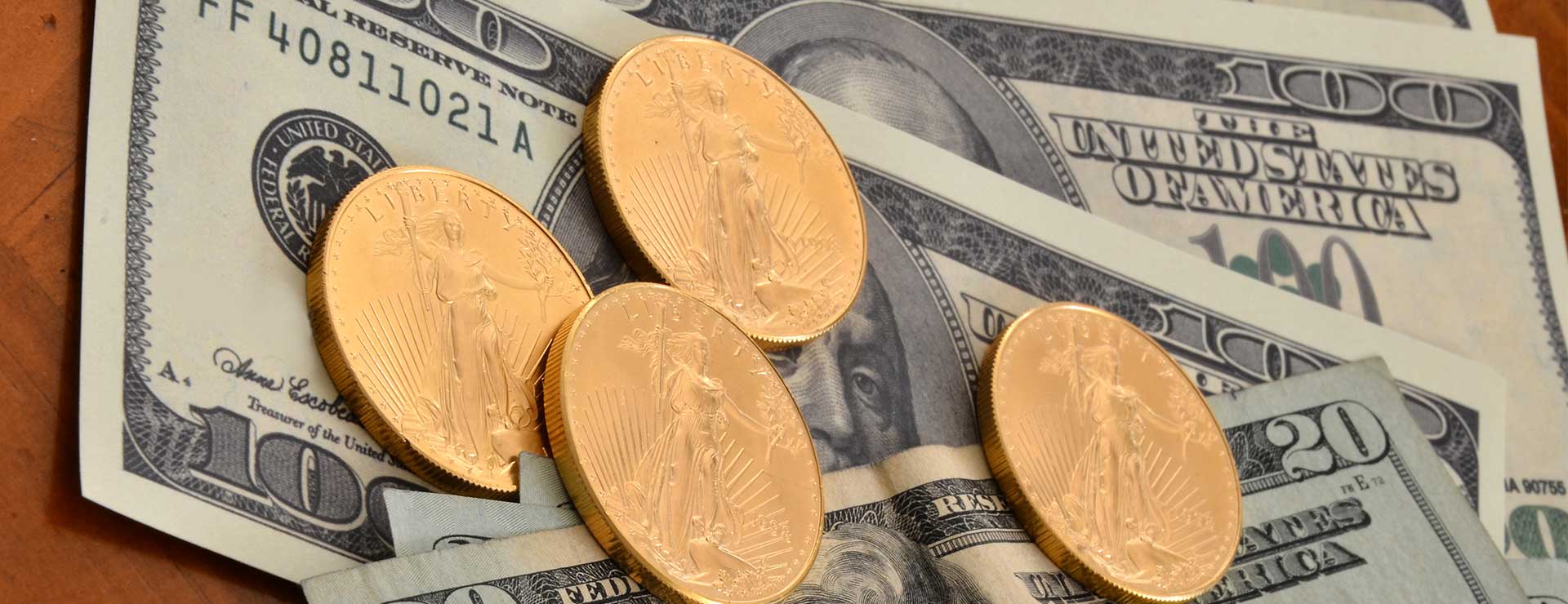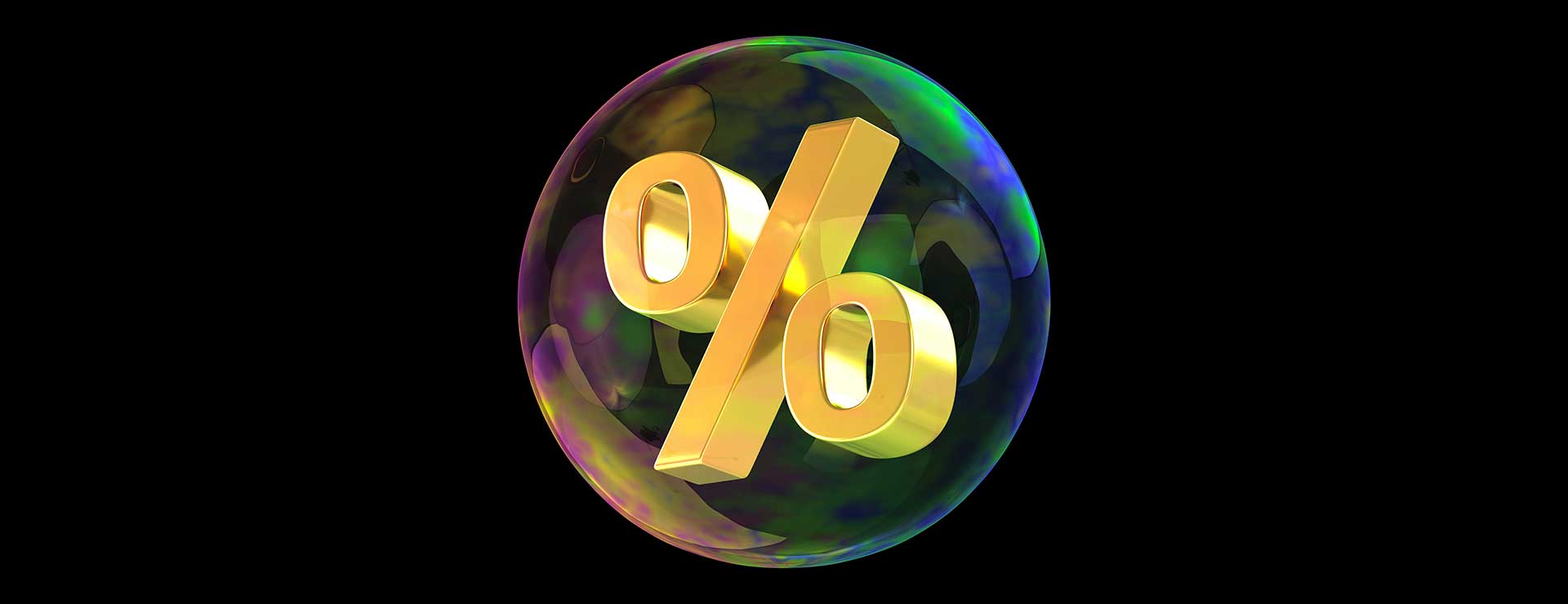
The goal of every investor should be to build a well-diversified portfolio that is designed to weather any political and economic environment while achieving growth over the long term. The first step towards achieving your goal is to educate yourself and understand all of your options when building your investments. Your asset mix should change to fit various life milestones and market conditions, and should include stocks, bonds, as well as precious metals. As an investor you need to take a look at both long terms cycles and current economic, political and fiscal policy when making your informed investment decisions. Day to day “noise” in the market should be taken with a grain of salt. The long-term cycles that affect your investment decisions are a much more accurate guide when deciding upon your asset mix.
Market cycles consist of four specific phases that can each last for a period of five to ten years.
The Accumulation Phase
This begins after the market has bottomed. It can be considered both the end of the cyclical bear market and the beginning of the bull market. Smart managers and experienced traders begin to accumulate assets believing the worst is over. Valuations are attractive and generally the market sentiment is still bearish. As more money begins to enter the market, the sentiment shifts from negative to neutral.
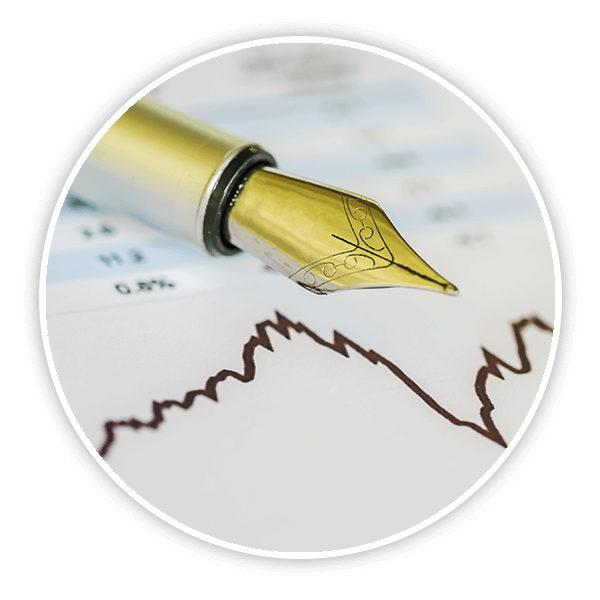
The Accumulation Phase
This begins after the market has bottomed. It can be considered both the end of the cyclical bear market and the beginning of the bull market. Smart managers and experienced traders begin to accumulate assets believing the worst is over. Valuations are attractive and generally the market sentiment is still bearish. As more money begins to enter the market, the sentiment shifts from negative to neutral.


The Mark-up Phase
As sentiment shifts, prices and valuations begin to stabilize and slowly move upwards. Economic stories in the media tend to turn more positive. Finally, technical analysts begin to recognize the sentiment change and price movements. Valuations climb and logic begins to be replaced by greed. Towards the end of this cycle, valuations and prices will tend to experience parabolic gains as the market moves from neutral to bullish and finally to “irrational exuberance”.
The Mark-up Phase
As sentiment shifts, prices and valuations begin to stabilize and slowly move upwards. Economic stories in the media tend to turn more positive. Finally, technical analysts begin to recognize the sentiment change and price movements. Valuations climb and logic begins to be replaced by greed. Towards the end of this cycle, valuations and prices will tend to experience parabolic gains as the market moves from neutral to bullish and finally to “irrational exuberance”.

The Distribution Phase
As valuations begin to reach unsustainable levels, the smart money begins to leave the market and book profits. Sentiment again begins to turn mixed. The market will generally hit a plateau and stocks will begin to trade in a narrower band. Prices can get locked into this band for a few weeks or several months. Once this phase is over, sentiment will shift to bearish and prices will begin a long decline. You will see many classic patterns begin to emerge. Double or triple tops, head and shoulders top patterns. This leads to the final phase.

The Distribution Phase
As valuations begin to reach unsustainable levels, the smart money begins to leave the market and book profits. Sentiment again begins to turn mixed. The market will generally hit a plateau and stocks will begin to trade in a narrower band. Prices can get locked into this band for a few weeks or several months. Once this phase is over, sentiment will shift to bearish and prices will begin a long decline. You will see many classic patterns begin to emerge. Double or triple tops, head and shoulders top patterns. This leads to the final phase.

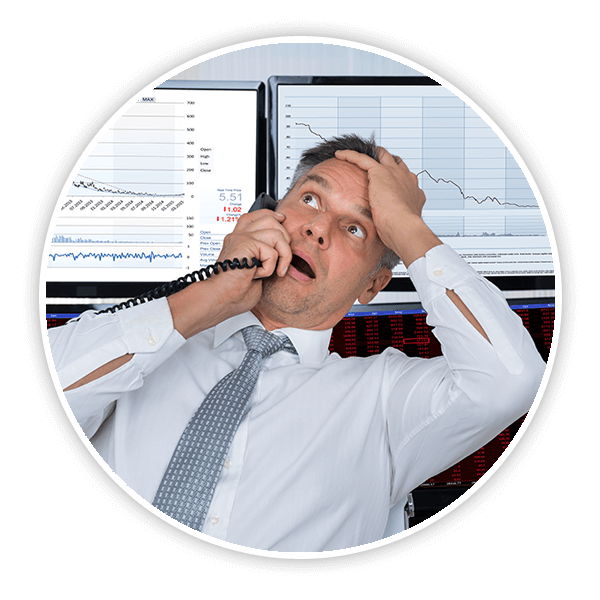
The Mark-Down Phase
This can be the painful phase for those who still hold stocks. As prices begin to move solidly down, many who bought at the wrong time will still hold on. It’s not until the market shows losses of 50% or more from the bull market peak, that the final laggards will throw in the towel. It’s at this point that the experienced investor begins to buy and the cycle starts again.
The Mark-Down Phase
This can be the painful phase for those who still hold stocks. As prices begin to move solidly down, many who bought at the wrong time will still hold on. It’s not until the market shows losses of 50% or more from the bull market peak, that the final laggards will throw in the towel. It’s at this point that the experienced investor begins to buy and the cycle starts again.


While both the financial markets (paper assets, such as stocks and bonds) and the commodities markets experience these long-term cyclical trends, they tend to run counter to each other. As stocks enter a bear market cycle of growth, the commodities will generally enter a bullish cycle.
Jim O’Shaunessy, author of one of the all-time great investment books, What Works On Wall Street, recently weighed in with his projections moving forward in the equity markets. “Over the coming 8 years stocks will average about
-1.6% per year as the market continues unwinding. We have entered the midway point in the current cyclical bear market. Stock valuations are high and need to revert to the long-term mean.”
Precious metals on the other hand have returned an average of 20% annually since 2000. While past performance does not guarantee future results, the cyclical bull market in metals should continue at least through 2020. The current loose monetary policies and weakness in the US dollar are both highly bullish factors for precious metals. In addition, the current political instability in the Middle East, and continuing economic turmoil in the EU, reinforce gold’s allure of offering stability during times of economic uncertainty. In recent years China and India have both begun to strongly support ownership of physical gold among its citizens; in all forms ranging from jewelry, and coins, to bullion bars. This is another bullish indicator for precious metals.
Moving forward, re-weighting a portion of your portfolio out of stocks and bonds, and into precious metals may be a prudent move. The current long-term cycles point towards a continued slow decline in stocks and paper assets, and uncover growth potential in precious metals for the foreseeable future.
VIEW THE PRECIOUS METALS YOU CAN OWN
FREE CATALOG

GoldinWealth provides a variety of options when trading precious metals. An investor may convert cash into physical metals and have it delivered directly to their venue of choice. In addition, investors can also choose to transfer and or roll over their traditional, Roth, SEP IRAs, or 401-K’s into a safe haven oriented precious metals IRA. As a result of GoldinWealth’s dedication to client education, investors can take full advantage of sophisticated diversifying techniques.
Contact Us

Diversification is key!
Sign up and receive our FREE Precious Metals Catalog. Our team of experts are with you every step of the way. Learn how to expand your portfolio and diversify your investments today!



